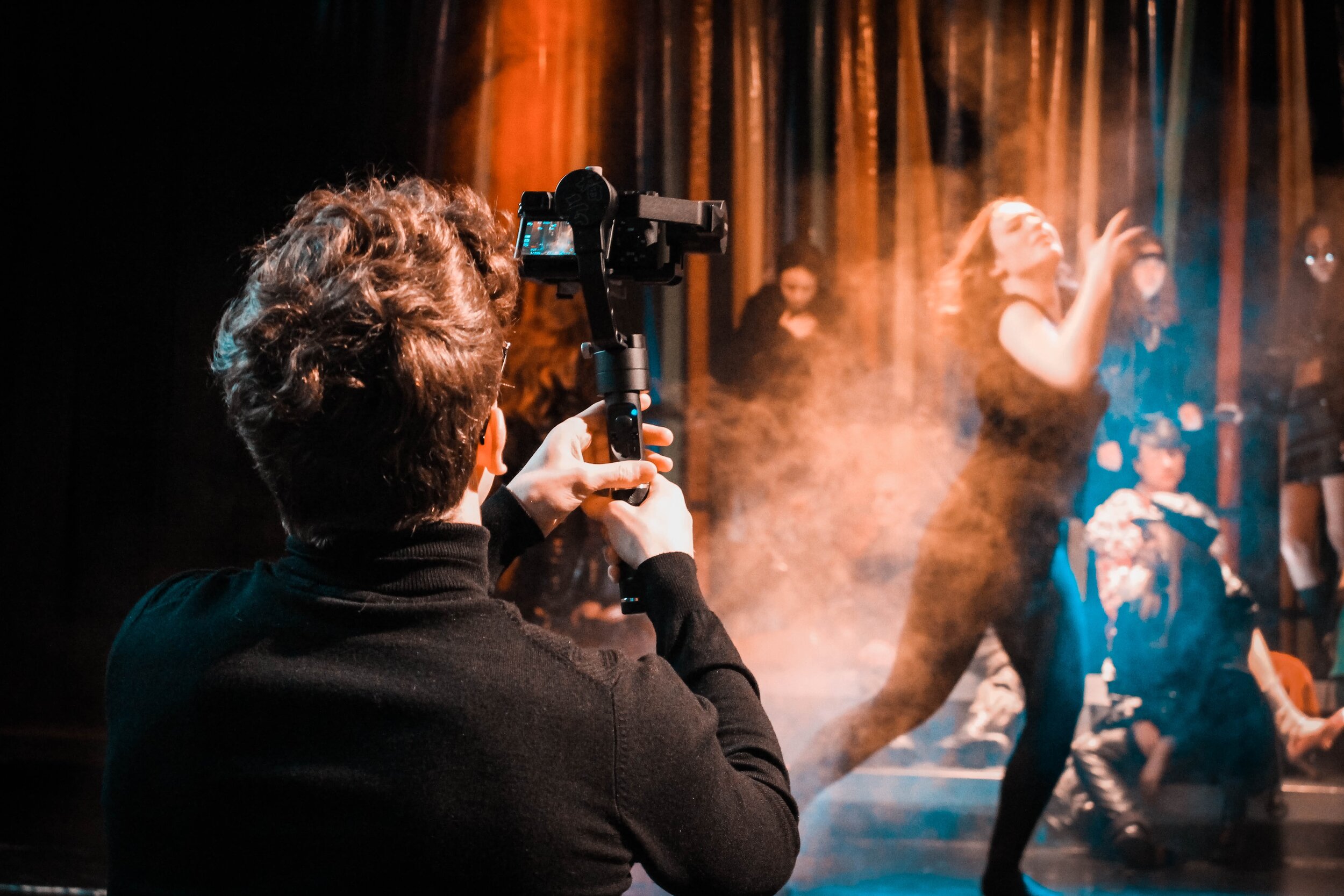While NFTs took the arts market by storm in the beginning of 2021, with the environmental impact of blockchain technology coming to light, more artists and groups have not only been criticized but have also begun calling out the technology and not participating. Others are calling on more long-term changes, such as renewable resourcing for crypto-mining. How will NFTs fit in long-term in the art world, considering their impact on artists and the environment?
NFTs: A New Age of Digital Art
In recent months, NFTs have had a large presence on news feeds, especially in artists’ circles. NFTs, or non-fungible tokens, are “digital assets that [represent] real-world objects like art, music, in-game items and videos.” Because of this, they are challenging the traditional ways that people view, buy, and sell artwork. This research will look at how NFTs came to be and what artists and arts administrators should consider when utilizing this technology.
Virtual Reality in Arts Education
Mobile AR Avatar Chatbots: Exploring the Evolving AI and AR Combination
Cultural organizations consistently question how to connect the public to information in meaningful ways. As an emerging technology, mobile AR avatar chatbots combine AI and AR capabilities to create interactive and engaging tools for visitors. Examples of mobile AR avatar chatbots in cultural organizations can provide guidance for applying these evolving technologies.
How Haptics Affect Human-Robot Interaction in Dance
Net Art Part 2: Theories of Circulation and the Current Landscape
This is part two of a two-part series about the net art network. The first part covered its beginnings and ideological basis. This post will look at how net art has evolved and the present landscape, drawing on new media theories and current artists’ exhibitions. Once a place of utopian possibility, current net artists see the internet as a root cause of today’s social, political, and economic inequalities.
Guidelines for Using Aggregate Streaming Platforms for Performing Arts Content
For arts organizations looking to reach audiences through online content, there are numerous approaches, including posting subscriber-only content to their websites and posting free videos on platforms like YouTube. In the broader entertainment landscape, streaming via services that aggregate content has become a popular way to watch film and television. This article examines the viability of sharing performing arts content on third-party streaming platforms that aggregate content as opposed to single-entity streaming channels.
Connections and Gaps between Artists’ and Institutions’ New Media Preservation Efforts
Media art, which frequently involves data, software, or electronic devices, keeps facing the challenge of technological obsolescence. Since preservation and conservation are fields often dominated by museums and similar organizations, a contrast exists between personal and institutional practices. In some cases, artists rely on museums for technological support. This article looks at new media artists’ firsthand experiences and media artworks donated to the MoMA.
Video Streaming Trends for Performing Arts Organizations
Performing arts organizations are facing unexpected pivots to sharing their content digitally in 2020 due to the Covid-19 pandemic. Many of these organizations are confronting entirely unfamiliar methods of distribution, launching head-first into the vast world of streaming. To embrace the opportunities of such a shift, organizations must consider the benefits and risks of the various methods within the ever-evolving digital landscape.
An Investigation Into New Media Artists' Personal Preservation Practices
Relying on electronic devices and digital files, new media artworks are sensitive to technology’s constant upgrades and possible obsolescence. A single dysfunctional file may lead to the permanent loss of an artwork’s content. Aware of such vulnerabilities and urged by their duty to care for objects for future generations, museums have established various initiatives for collecting and preserving media art and have also started encouraging artists to adopt preservation practices themselves. Given all the different approaches, this article investigates major strategies and tactics adopted by artists who advocate for new media art preservation as part of artistic practices.















